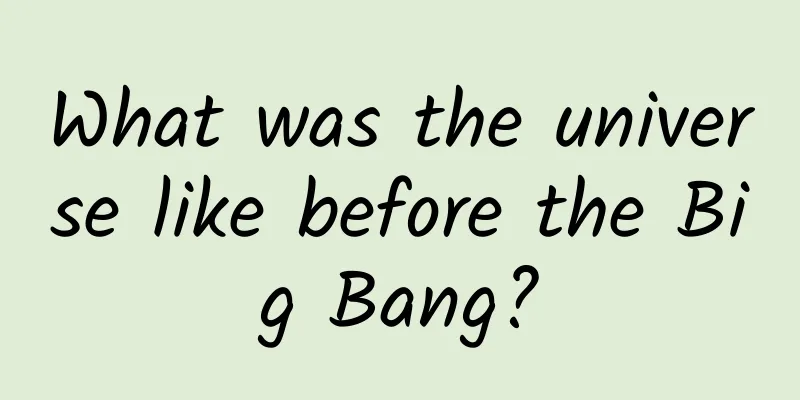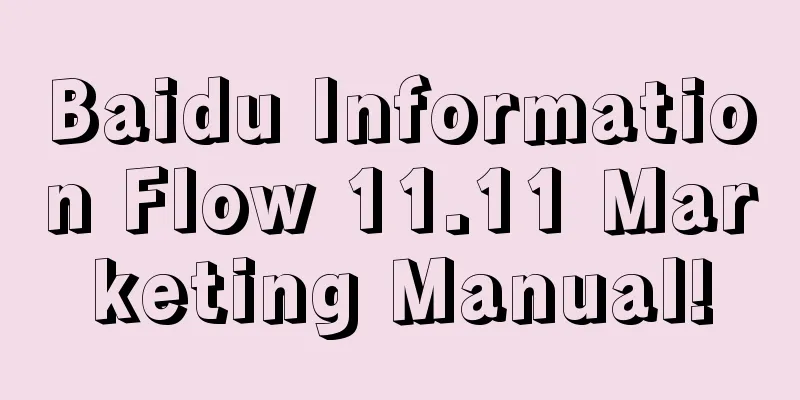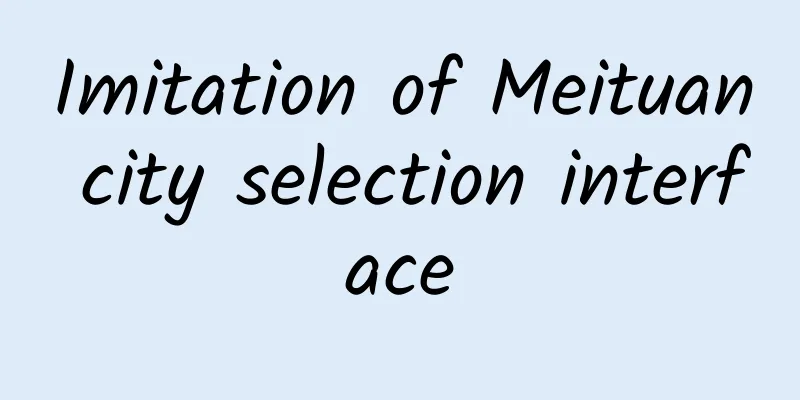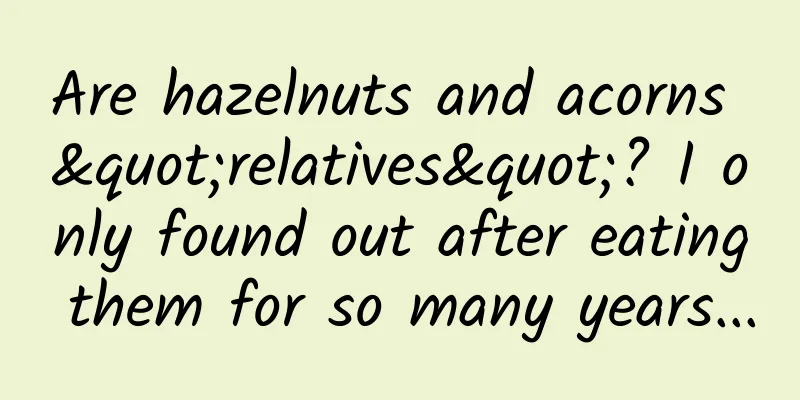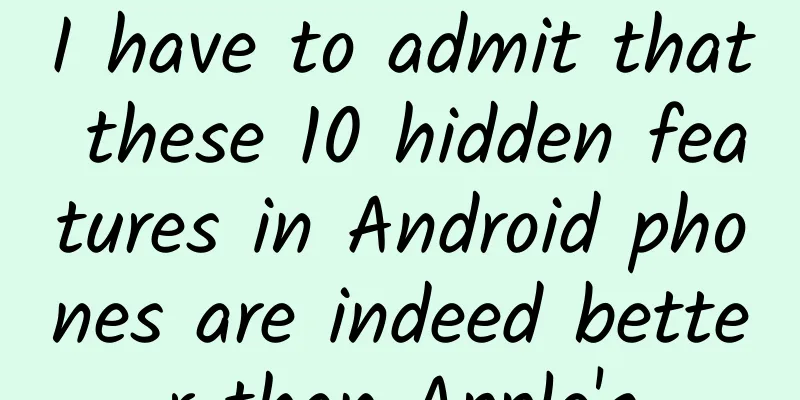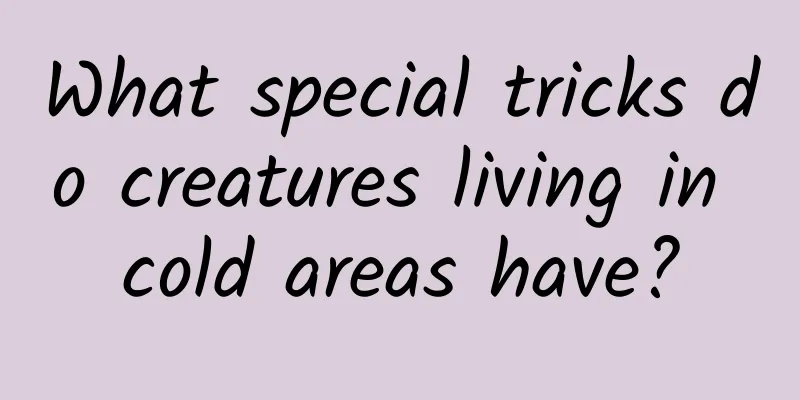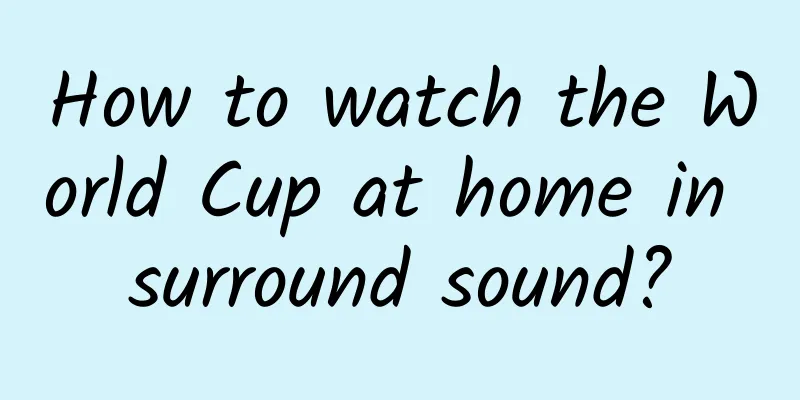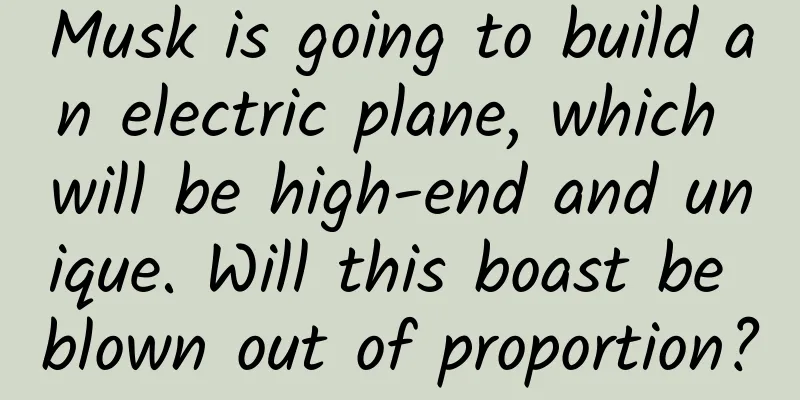Research on compatibility solutions for frosted glass CSS special effects
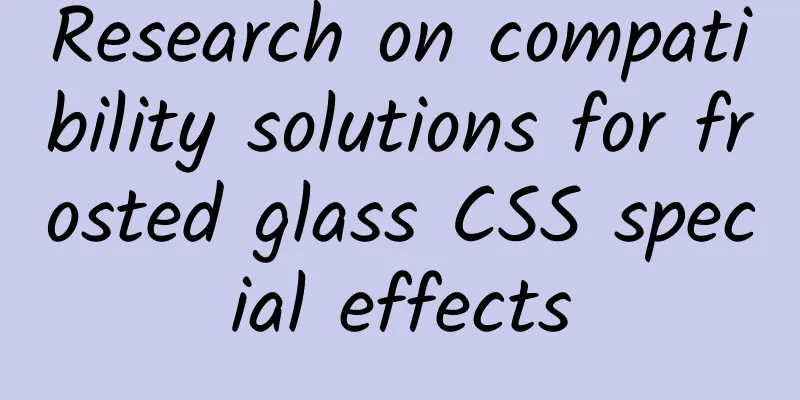
|
The UI girl insisted that I support the so-called "frosted glass" effect on the custom Webview of the Android system, saying that it must be implemented, otherwise the soul of the design would be lost. No matter how much I explained, she just wanted it, wanted it, wanted it! There is no other way, just study it for a while! 1. Is backdrop-filter a cheat code?The frosted glass effect is quite common on iOS systems, such as in the message notification bar, mobile assistant cards, etc., so let’s open Apple’s official website and take a look! As expected, the navigation bar uses the "frosted glass" special effect of the "family design" ! Open the console and copy the homework: The main use of the backdrop-filter CSS3 property, so I just used it. The main card CSS code is as follows: .card - backdrop - filter { The effect looks good in the Chrome browser: Then I tried it on a mobile device with an older Android version, and it didn’t work!!! I checked the compatibility: backdrop-filter -- caiuse[1] . Emmm~, considering the modified Webview kernel of our company... We need to find another way. Here is an additional point: filter[2] can be understood as a filter, and backdrop-filter is to set a filter effect for the background. The filter effects currently supported by CSS are: blur ( ) : blur If compatibility is not taken into consideration, backdrop-filter will directly display the background color on unsupported browsers, which means the set effect will be lost ("experience degradation"). If the UI lady and PM brother can agree, it is highly recommended that everyone use it. After all, who doesn’t want to get off work early to study? 2. Try filter?Another CSS property for setting blur is filter, so our other idea is to use filter to simulate the effect of the backdrop-filter property. And the filter compatibility will be better: filter -- caiuse[3] . Let's look at the difference between the filter and backdrop-filter effects: /* How to write filter, replace the backdrop-filter attribute with filter */ This effect is very different from the actual design requirements, so it needs to be modified! 3. Filter combinationBecause the filter sets the blurriness of the entire element, rather than acting as a background container for the element, a placeholder element of the same size as the card is needed to set the blurriness separately and serve as a background element. 3.1.::before + Fixed double background imageI am being lazy here and directly use the pseudo-element ::before. In actual scenarios, for compatibility reasons, it is recommended that you use div block-level elements as placeholders . .card - filter :: before { Note here that the card uses the same background image properties as the entire container. The background image is fixed in fixed mode, so that when the element is scrolled in any direction, the background image will not move, ensuring that the background effect is consistent . The effect of moving 3.2. Expand the container using negative values of margin propertyThe effect of blur is as shown in the figure below. There is still a difference because the filter is a filter that converges inward from the outer border of the container, resulting in a white circle on the outer border of the filter . At this time, you only need to expand the container size of the ::before element. Here, you can directly use the negative value of the margin attribute to expand the container . .card - filter :: before { The effect at this point is a bit "right", and it looks like it will be completed soon . 3.3.::after fills the disappeared background colorThe background-color: rgba(255, 255, 255, 0.72); originally set on the .card-filter class did not work! Because the ::before pseudo-class acts on the .card-filter element, which is its child element, and because the background attribute of ::before sets the background image, it covers the background color of the parent element .card-filter. Now that we know the reason, we can add another child element (pseudo-class) to the .card-filter element to set the background color! If you are lazy again, you can directly use the ::after pseudo-class without modifying the DOM structure. .card - filter :: after { At this point, the effect is similar to that of backdrop-filter: The effect can also be seen when it is put into the "self-developed" Webview kernel! IV. ConclusionIn general, if you can convince the product manager and the UI lady, we will use backdrop-filter. If you can't convince them, we will use a combination of filters to simulate it! In addition, the backdrop-filter attribute has performance issues. What I mean is, it’s 2022, please upgrade your devices! If the "frosted glass" and the background do not move relative to each other as described in the article, just ask the UI girl to cut the picture to solve all compatibility & performance issues directly! During the research, I also tried SVG's feGaussianBlur tag. The effect is the same as the filter, which is a little more complicated, but it is also a feasible solution. You can try it yourself. |
<<: Apple iOS 16 is exposed in advance, and four new features are eye-catching
>>: Microsoft announces new progress in Flutter support for foldable devices
Recommend
Giant pandas love to eat bamboo, maybe they are controlled by bamboo! | Nature Trumpet
Welcome to the 78th issue of the Nature Trumpet c...
New consumer brand marketing strategy layout!
The emergence of the new consumption wave has led...
Will young people develop age spots if they stay up late? Young people do develop age spots, but the reason is...
Rumor: "Young people who stay up late will d...
General tips for excellent Weibo advertising | There is always one optimization of these 26 details that can reduce costs!
Three principles of image matching 1. Prioritize ...
An article explaining the advertising landing page
This is just part of a series of articles dedicat...
Advertising spending rankings in October 2016 (with analysis)
The latest research from CTR Media Intelligence s...
Did you know that the Spring Festival falls between January 21 and February 20 in the Gregorian calendar?
January 20 marks the arrival of the "Great C...
Giant ships also have Iron Man's "armor"? The "secret weapon" in shipbuilding
Did you know that behind those giant ships that t...
A 10,000-word summary of how to attract fans to public accounts, 5 tricks to break the dilemma of attracting new users!
If you happen to be running a public account and ...
How did the emojis you use every day develop to this day? I sorted out this design history
From graphics to symbols, and finally to a code i...
Based on 800 million massive data, here are 5 tips to increase the click-through rate of news messages
The China Internet Network Information Center (CN...
WeChat passed the first batch of aging-friendly and barrier-free level assessments, benefiting 260 million Chinese people
The results of the seventh national census show t...
Online education: Which one has more opportunities, B2C or C2C?
Since 2014, Internet products in the field of onl...
Behind Kuaishou’s entry into cities, how to promote in the rural market?
The rural market gives you a long time, and you h...
How to use Xiaohongshu for marketing, the ranking mechanism has been leaked!
Xiaohongshu is very popular now, and major beauty...
